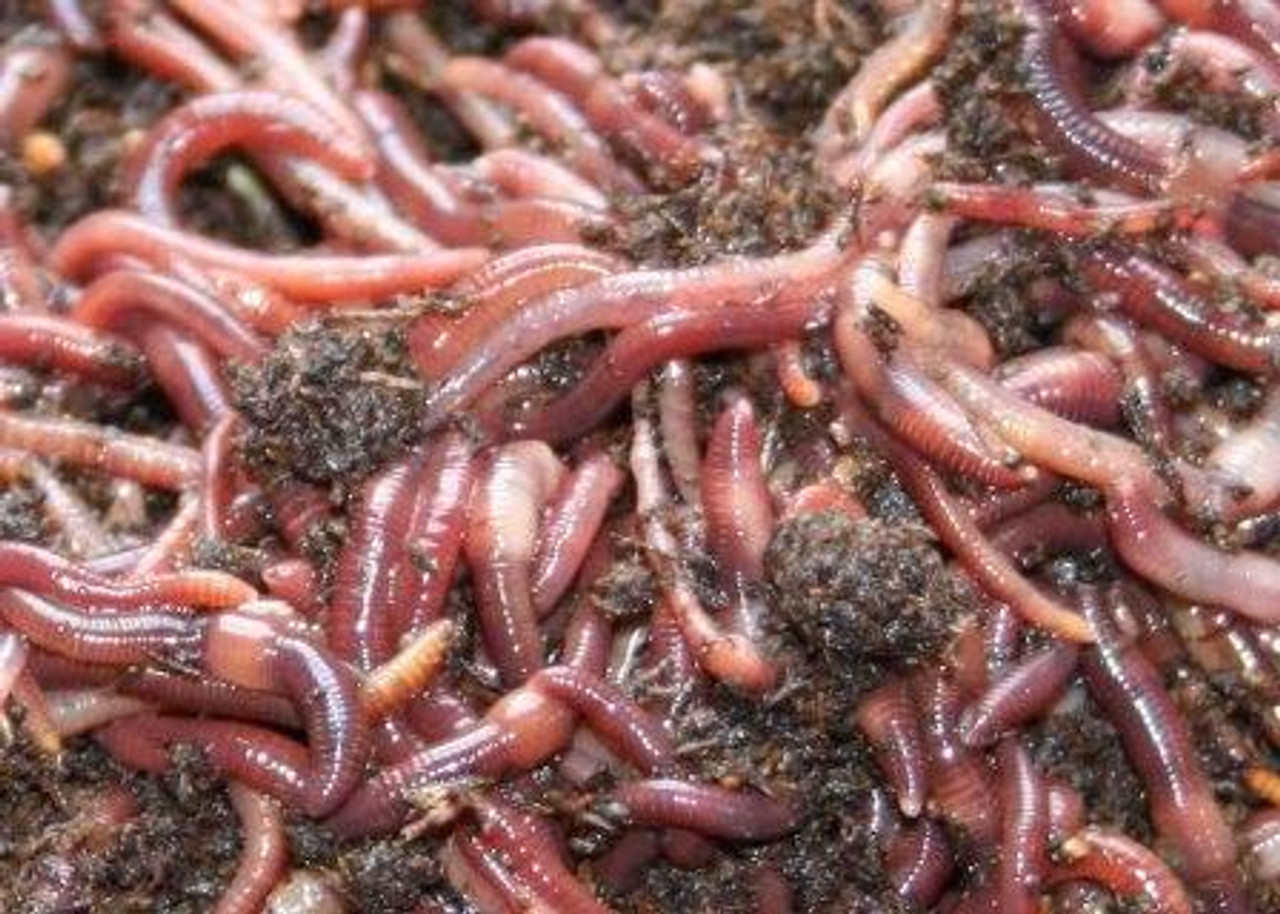Get Your Lawn in Top Shape with the Help of Lake Hickory Bait Lawn Care Solutions
Get Your Lawn in Top Shape with the Help of Lake Hickory Bait Lawn Care Solutions
Blog Article
Red Wigglers: The Unsung Heroes of Organic Waste Recycling
Red wigglers, or Eisenia fetida, offer as critical representatives in the organic waste recycling procedure, changing disposed of materials into valuable vermicompost. As the globe progressively seeks options to battle waste build-up and improve farming efficiency, understanding the duty of these worms ends up being vital.
What Are Red Wigglers?
The remarkable durability of red wigglers, clinically referred to as Eisenia fetida, emphasizes their important role in organic waste recycling. These tiny, reddish-brown earthworms are normally found in decomposing raw material, such as garden compost piles and manure lots. Lake Hickory Bait. Unlike other earthworm varieties, red wigglers prosper in nutrient-rich settings and are very effective at damaging down natural materials, making them essential for vermicomposting

(Red Wiggler Express)Along with their role in waste reduction, red wigglers add to dirt health by improving dirt framework and aeration through their tunneling activities (Lake Hickory Bait). Their presence in composting systems not only enhances decay prices yet likewise promotes a lasting strategy to waste monitoring, showing their importance in ecological conservation efforts
Benefits of Composting With Worms
Composting with worms, particularly red wigglers, supplies numerous advantages that enhance both waste management and dirt wellness. Initially, these worms successfully damage down organic waste, converting it into nutrient-rich vermicompost that enriches soil. This process accelerates decay, enabling a faster recycling of kitchen scraps and various other natural products contrasted to traditional composting techniques.
Furthermore, the vermicompost created by red wigglers is including valuable microbes, which help boost dirt framework, aeration, and dampness retention. This boosts the total health of plants, advertising strenuous growth and raised returns in gardens and farming setups. The use of worms in composting minimizes the manufacturing of greenhouse gases, such as methane, contributing to an extra lasting waste administration system.

Just How to Beginning Vermicomposting
Developing a vermicomposting system is a straightforward process that can produce significant benefits for both waste administration and dirt enrichment. To start, choose an ideal container, such as a plastic container or wood box, with adequate ventilation holes to guarantee appropriate air movement. The measurements need to ideally be about 2 feet by 3 feet, permitting ample space for the worms to flourish.
Following, prepare bed linens product, which can be composed of shredded paper, cardboard, or coconut coir. This bed linens needs to be moistened to create a suitable habitat for the worms. Once the bedding is in place, introduce red wigglers (Eisenia fetida) into the container, generally around one pound of worms for every single square foot of area.
Complying with the placement of worms, add organic waste, such as vegetables and fruit scraps, coffee premises, and crushed eggshells. Avoid adding milk, meat, or oils, as these can create odors and bring in parasites. Ultimately, place the bin in a shaded, temperature-controlled area to maintain optimal problems for worm task. With these steps, you will properly start a vermicomposting system that adds to lasting waste management and improves your soil.
Preserving a Healthy And Balanced Worm Bin
(Red Wiggler Express)Keeping a worm container prospering calls for routine focus and like make certain the health of the red wigglers and the effectiveness of the composting procedure. Appropriate maintenance begins with monitoring the wetness levels; the container needs to be wet but not soaked. An excellent guideline is to keep an uniformity comparable to a wrung-out sponge.
Carefully mixing the bed linen and food scraps every few weeks avoids compaction and makes certain that all worms have access to oxygen. Additionally, it is vital to feed the worms appropriately.
If the container comes to be too warm or chilly, the worms may become worried. By diligently managing these elements, one can preserve a robust and efficient worm container.
Influence on Sustainable Living
The successful maintenance of a worm container not only profits the health of red wigglers yet additionally adds dramatically to sustainable living methods. By reusing organic waste, such as cooking area scraps and lawn debris, red wigglers aid divert considerable amounts of product from garbage dumps. This reduction in waste not just lowers greenhouse gas discharges however additionally decreases the ecological concern associated with waste monitoring.
Additionally, the castings created by red wigglers offer as a nutrient-rich organic fertilizer, boosting soil wellness and promoting plant development. This natural option to chemical plant foods supports lasting agriculture and gardening practices, decreasing dependence on synthetic inputs that can damage ecological communities. In addition, worm composting promotes recognition of waste management, urging people and neighborhoods to adopt even more sustainable routines.

Final Thought
In summary, red wigglers serve as essential contributors to natural waste recycling through their effective decay of natural materials. Their ability to create nutrient-rich vermicompost enhances dirt health and sustains lasting farming techniques. By integrating vermicomposting right he said into waste administration approaches, individuals and neighborhoods can dramatically lower waste while promoting environmental sustainability. The role of Eisenia fetida in promoting healthy and balanced communities underscores the importance of these microorganisms in achieving lasting living and boosting dirt fertility.
Report this page